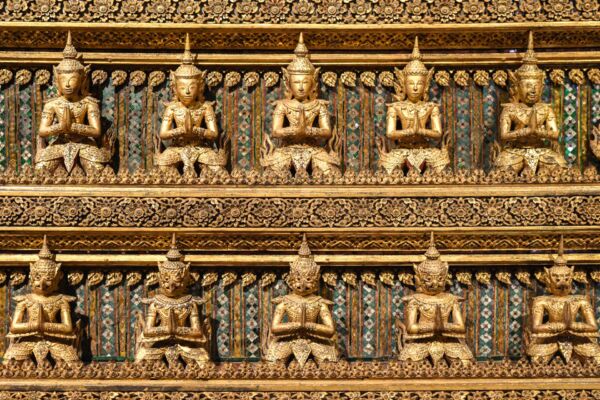
Living in the Past
Asia’s diverse array of museums helps visitors decipher the many art forms, cultures and religions they encounter around the region.

An Online Magazine from the Asia Travel Experts at Remote Lands

Asia’s diverse array of museums helps visitors decipher the many art forms, cultures and religions they encounter around the region.
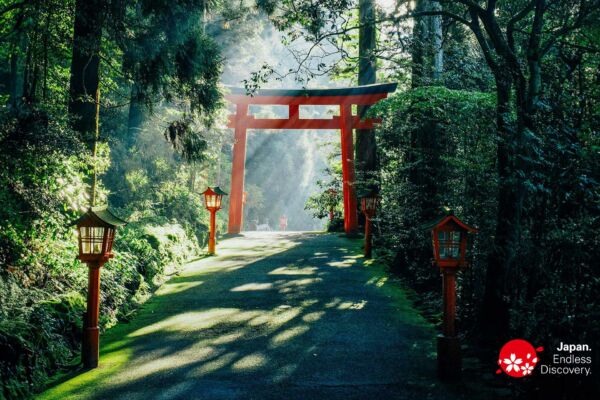
Japan has adapted and perfected aspects of western society while retaining its unique millennia-old traditions.
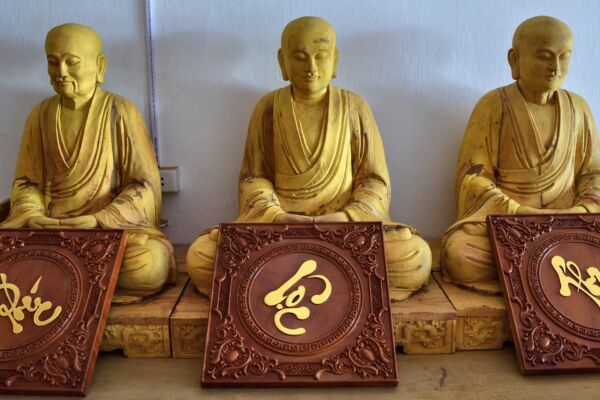
Hanoi’s contemporary face belies the fact that the city comprises a collection of disparate villages, many of them with their unique specialism.
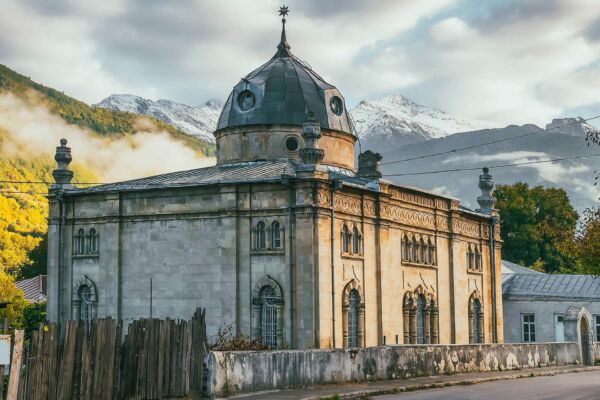
Jewish communities have existed in Asia for centuries, with many tracing their roots back to the ancient Silk Road trade routes.
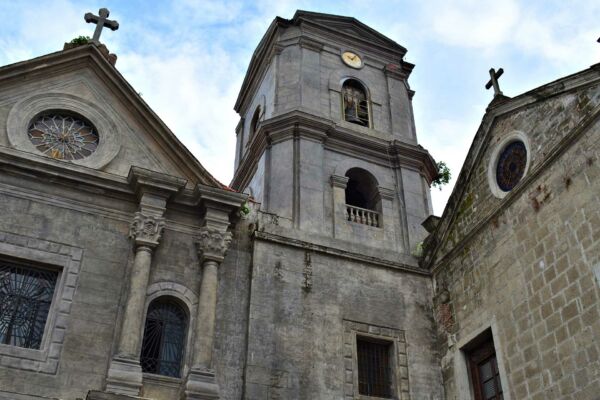
Originally established by the Spanish colonists to fortify their new settlement, Intramuros is regarded as Manila’s most charismatic enclave.
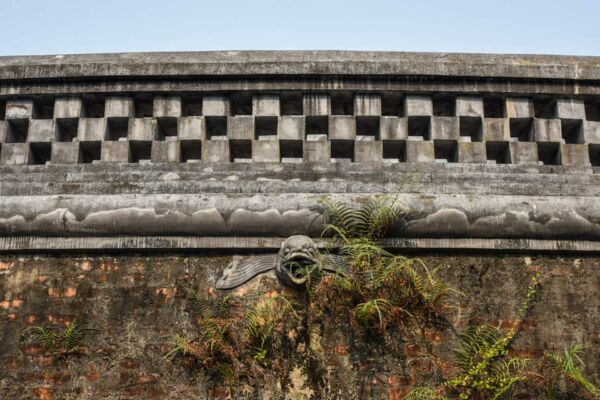
Long abandoned and off the tourist trail, Hue’s Tiger Arena was once the scene of epic face-offs between big cats and Imperial soldiers riding on elephants.
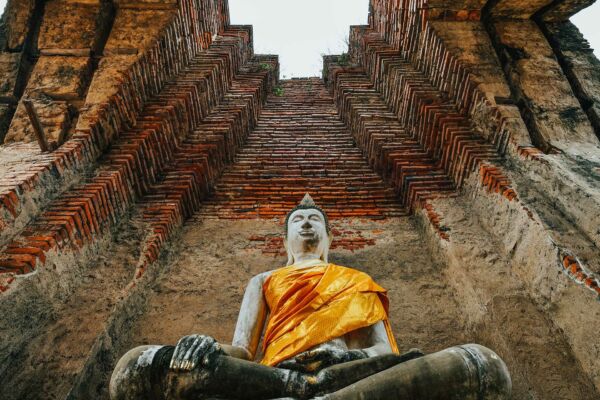
Asia is replete with reminders of its epic history. Here’s a primer on some of the region’s amazing empires and where they can be encountered in the modern era.
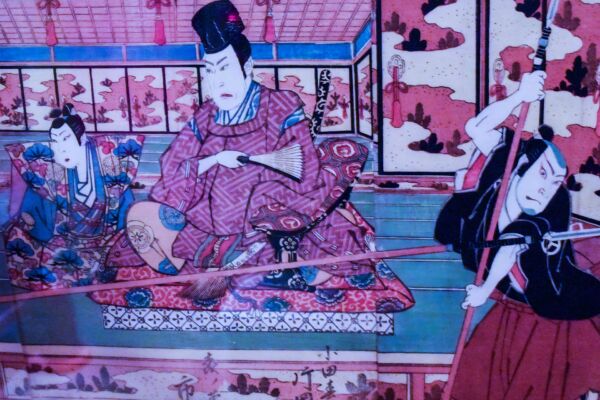
A recent major exhibition put the spotlight on Ukiyo-e, artistic depictions Japan’s notoriously permissive “floating world”.
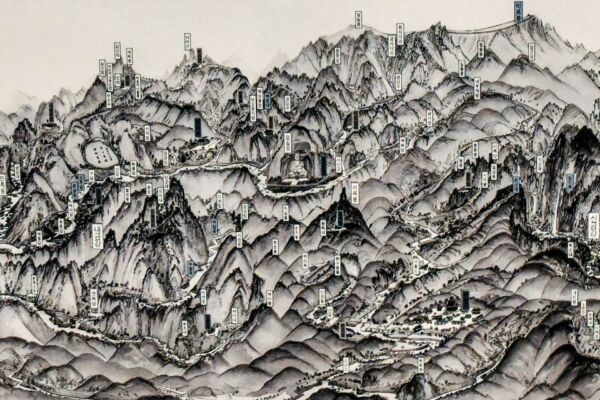
In the 1700s Korean painters brought fresh insight and reality to traditional art, cataloguing the country’s landscapes and society in exquisite detail.
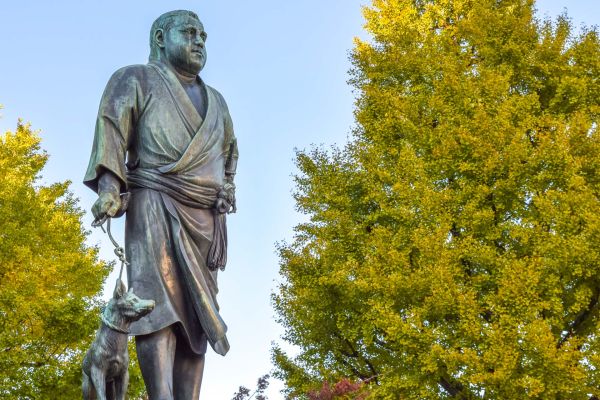
Travelers can visit sites across Japan linked to Saigo Takamori, the “Last Samurai”, an extraordinary swordsman who helped shape the country.
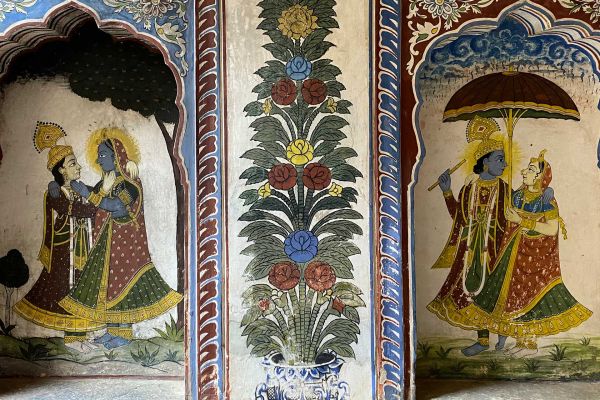
Although endlessly popular with travelers, Rajasthan still hides many secrets, including the majestic—and sometimes humorous—painted havelis in its overlooked Shekhawati region.
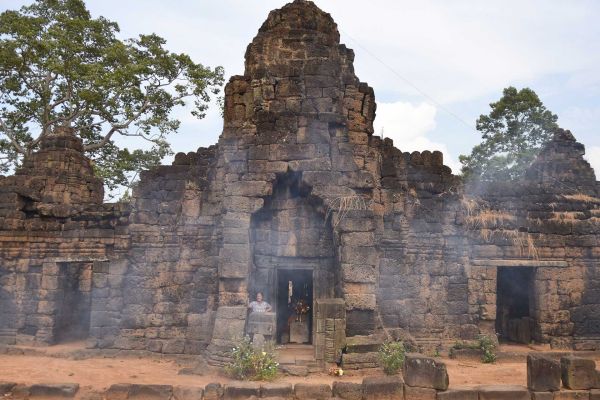
Tucked away at a lakeside location near Phnom Penh, Cambodia’s lesser-known Ta Prohm temple is an unsung Angkor-era architectural marvel.